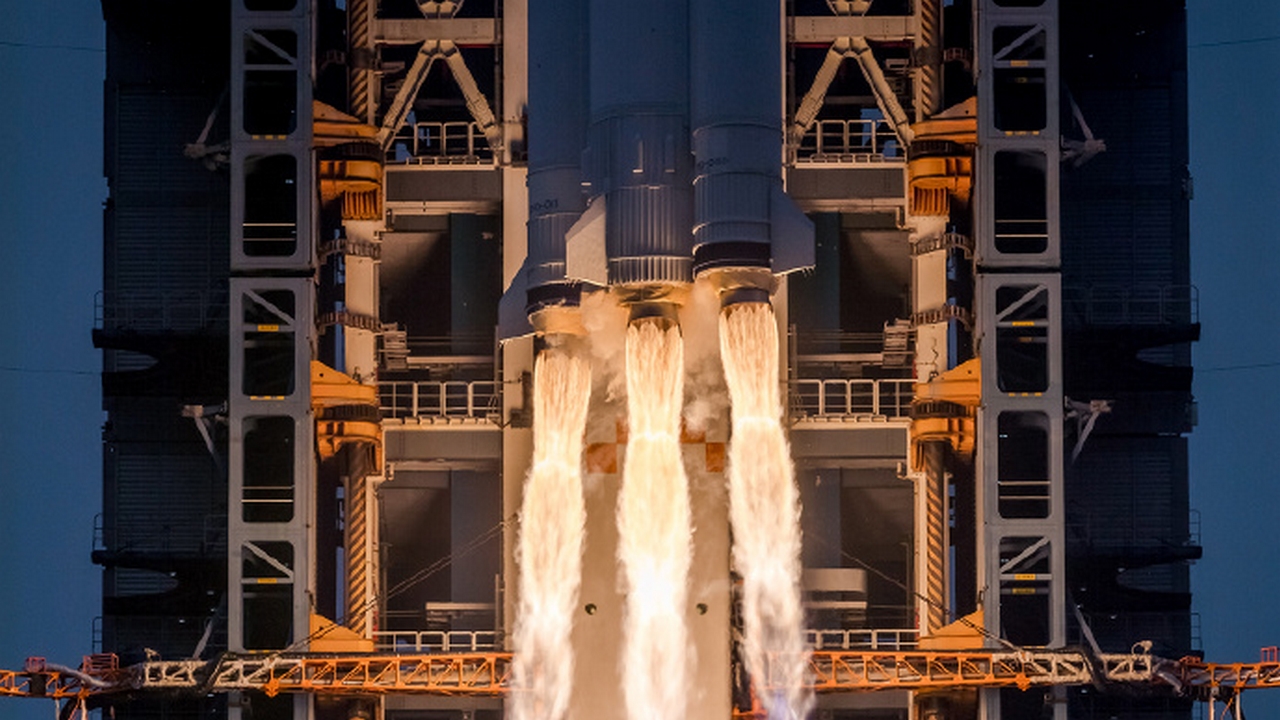The Chinese Long March 8 rocket successfully takes off, bringing five satellites into orbit
Source: HW Upgrade added 22nd Dec 2020
After Chang’e-5, China does not stop its desire for space with the launch this morning (Italian time) of the medium-range carrier Lunga Marcia 8 which brought five satellites into sun-synchronous orbit, of which four were private.
by Mattia Speroni published 22 December 2020 , at 13: 11 in the Science and Technology channel
The China does not stop and, after the success of the Chang’e-5 moon mission which reported on Earth 1, 7 kg of samples, now it’s up to the rocket Long March 8 to be able to complete its mission by bringing five into orbit satellites. An interesting result as it is a medium range launcher that allows the Asian power to stay in the wake of Western competition.
The Chinese Long March 8 rocket
The launch took place when it was morning in Italy as confirmed by the same CNSA in a press release. The Long March 8 is a rocket from 50, 3 meters high and with this flight prides itself on being the 356 th launcher of the series Long March who stood out. The purpose of the mission was to bring an experimental satellite and four private satellites into a sun-synchronous orbit at 512 km altitude .
The system has two main stages and two side boosters with engines running on kerosene and liquid oxygen (first stage) and liquid hydrogen and liquid oxygen (second stage). Good news is not using hydrazine. Being a particularly toxic fuel and which has caused some problems in the past when the stadiums, which cannot be recovered, fell back to the ground.
According to official information, the Chinese Long Gear 8 rocket had a starting weight of 356 tons. Its performance allows it to carry 4.5 tons of payload or 2.8 tons into sun-synchronous orbit (at 700 km) tons in geostationary orbit. As specified, however “its main task is to position the satellites in a sun-synchronous orbit to meet the growing demand for launch services by of commercial satellite companies at home and abroad “.
The China plans to launch at least 10 rockets Long March 8 per year while production should soon reach 20 annual units. This will allow us to respond precisely to the requests of national private individuals and not only thus putting themselves in competition with other carriers.
Even more interesting, however, is a second point: in the future side boosters and first stage they will no longer be dropped to the ground. Instead they will be landed in a controlled manner on a platform in the sea. This will allow their reuse with a lower environmental impact but also reducing the costs for launches allowing greater competitiveness at global level.
